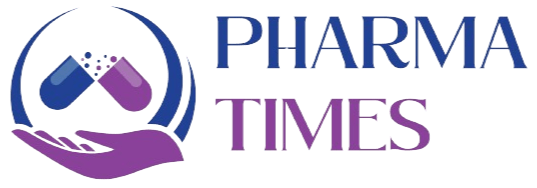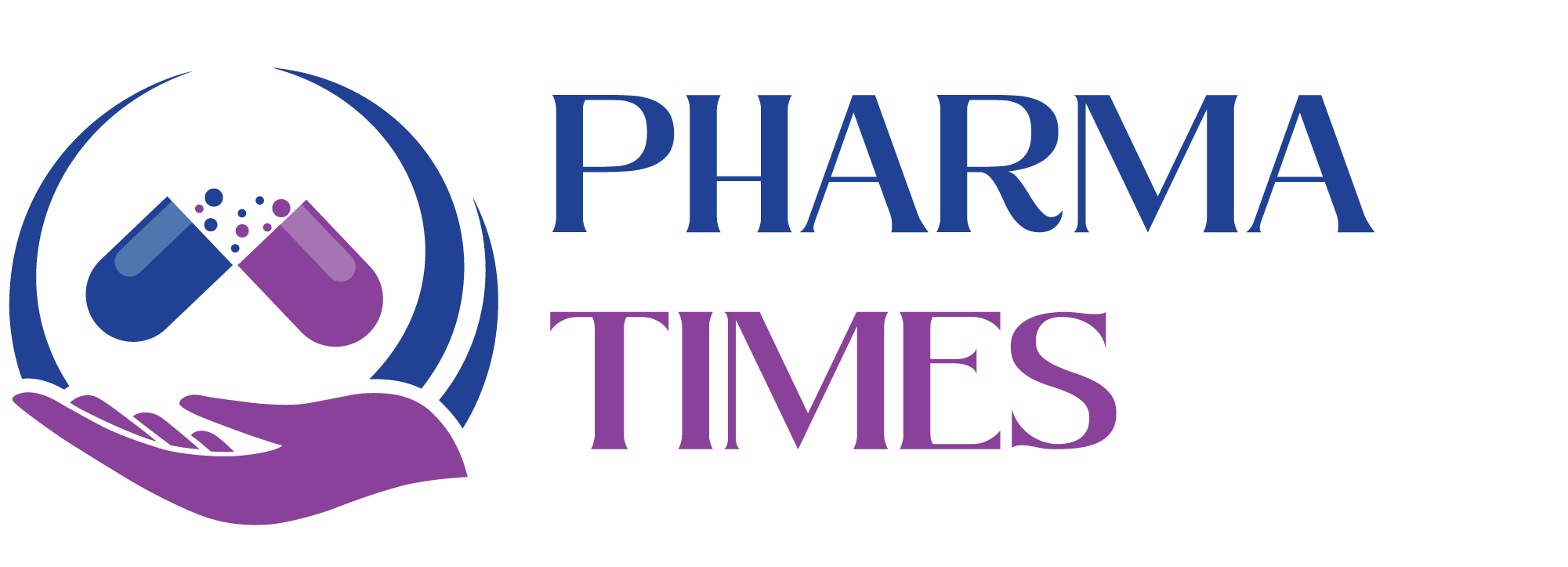Niosomes – A novel drug delivery approach
Niosomes are the new promising drug delivery systems that are biodegradable and non-toxic and are made up of non-ionic surfactants. These are inexpensive novel drug delivery systems that are stable. As these are made up of non-ionic surfactants, both hydrophilic and lipophilic drugs can be encapsulated in these nanocarriers.
Structure of Niosomes: Niosomes are non-ionic surfactants, and they have polar heads and non-polar tails. These are made up of non-ionic surfactants and consist of bilayer membranes with or without cholesterol. Cholesterol imparts rigidity and stabilizes the membrane structure. Niosomes have an aqueous core for encapsulation of hydrophilic drugs and a hydrophobic region for encapsulating hydrophobic drugs.
Niosomes classification and Preparation methods
Based on the size and lamellarity
a) Small unilamellar vesicles – These are used for encapsulating low molecular weight drugs and have a single lipid bilayer which surrounds the aqueous core. These are in the size of 10-100nm
b) Multilamellar Vesicles – These are in the size of ≥ 10 um and are made up of multiple concentric lipid bilayers and are capable of holding large quantities of drug molecules.
c) Large Unilamellar Vesicles – These are made of single bilayer, but are larger than small unilamellar vesicles and are in size range of 100 – 3000nm.
Note- Niosomes can be classified based on size , lamellarity and the preparation method.
Preparation methods
- Thin film hydration technique
- Ether injection method
- Bubble method
- Sonication
- Trans membrane pH gradient technique.
- Reverse phase evaporation technique
- Extrusion method
- Micro fluidization technique
- Lipid injection technique
The above are the preparation methods of Niosomes and we will see few of the above methods
1.Thin film hydration technique – This is also called as hand shaking method in this the surfactant and the cholesterol are dissolved in volatile organic solvent (methanol, chloroform) in a rotary evaporator, here a thin layer of the solid mixture is formed on the wall of the flask. This thin film is then hydrated with aqueous media containing drug. This thin film hydration technique is used for the preparation of multilamellar vesicles.
2. Ether injection method – This is one of the interesting methods for preparation of niosomes and this method uses a aqueous phase with drug under continuous stirring. Here the cholesterol and the non-ionic surfactant are dissolved in ether and this mixture is injected at a defined rate into the already prepared aqueous phase which is maintained at 60 degrees Celsius.
3.Sonication Method – This method utilizes a scintillation vial, where surfactant and cholesterol mixture will be added to the vial containing aqueous phase. Then the vial is subjected to probe sonication as the sample volume is small and sonication is done at 60 degree Celsius for 3 minutes to obtain niosomes. This method is used for getting vesicles of uniform size.

